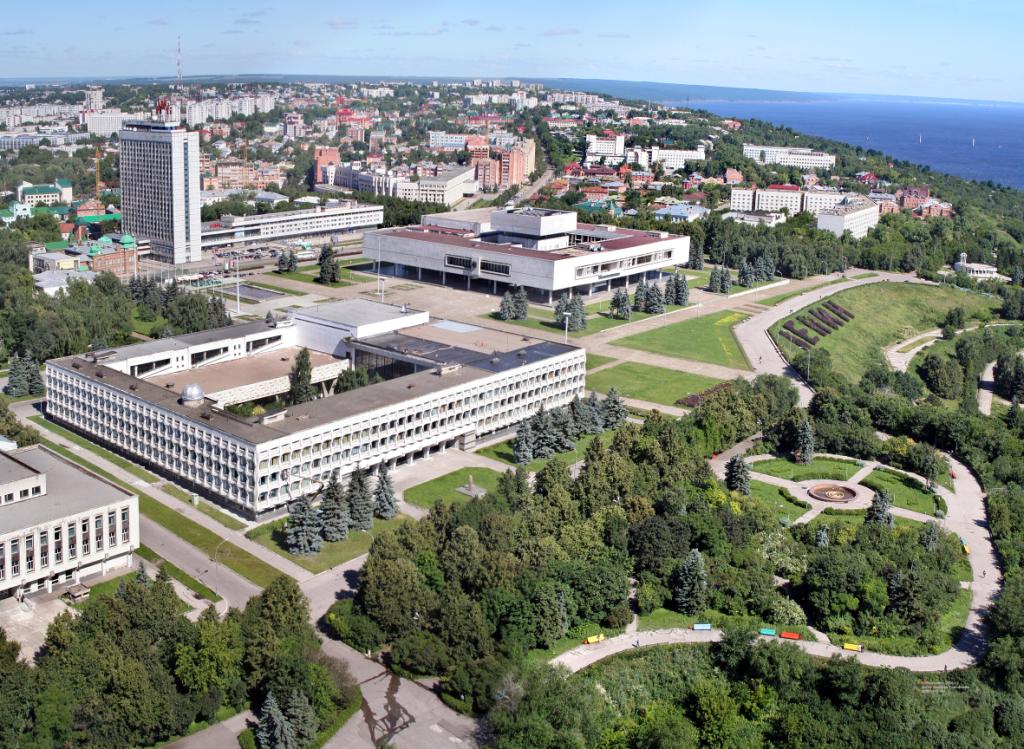Ulyanovsk
Simbirsk was founded in 1648 by boyar Bogdan Khitrovo. The fort of "Simbirsk" was strategically placed on a hill on the Western bank of the Volga River. The fort was meant to protect the eastern frontier of the Russian Empire from the nomadic tribes and to establish a permanent Imperial presence in the area. In 1668, Simbirsk withstood a month-long siege by a 20,000-strong army led by rebel commander Stepan Razin. Later, in next century another famous country rebel, Yemelyan Pugachev, was imprisoned in Simbirsk before execution. In 18th century Simbirsk began to develop into an important regional center. The beautiful Holy Trinity Cathedral was constructed in a restrained Neoclassical style between 1827–1841. In 1924, the city was renamed Ulyanovsk in honor of Vladimir Ulyanov, better known as Lenin, who was born in Simbirsk in 1870. During the Soviet period, Ulyanovsk was an important tourist center, drawing visitors from around the country because of its revolutionary importance. Now the city attracts tourists mostly as an old russian town with its provincial beauty.
